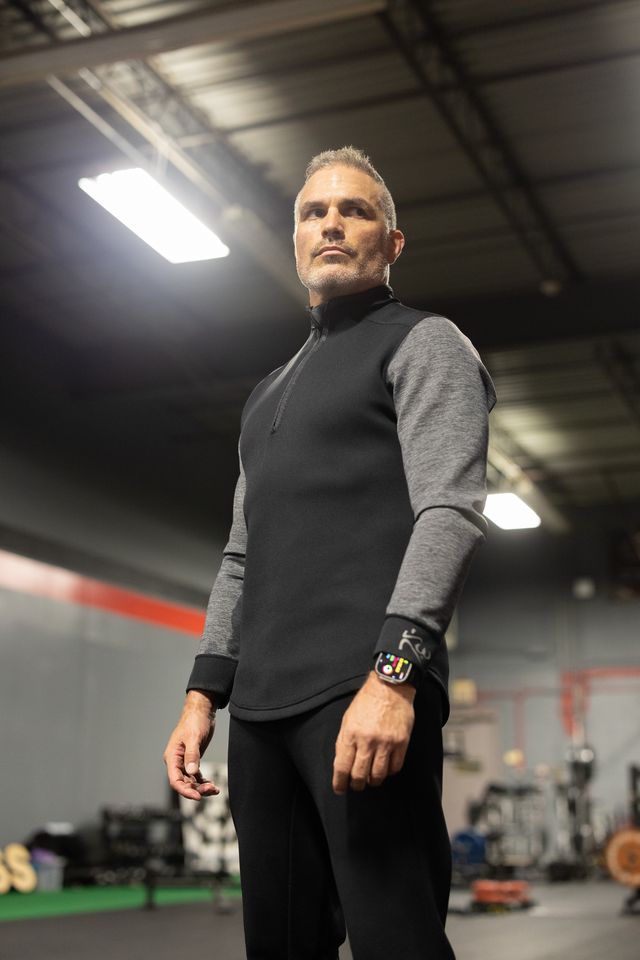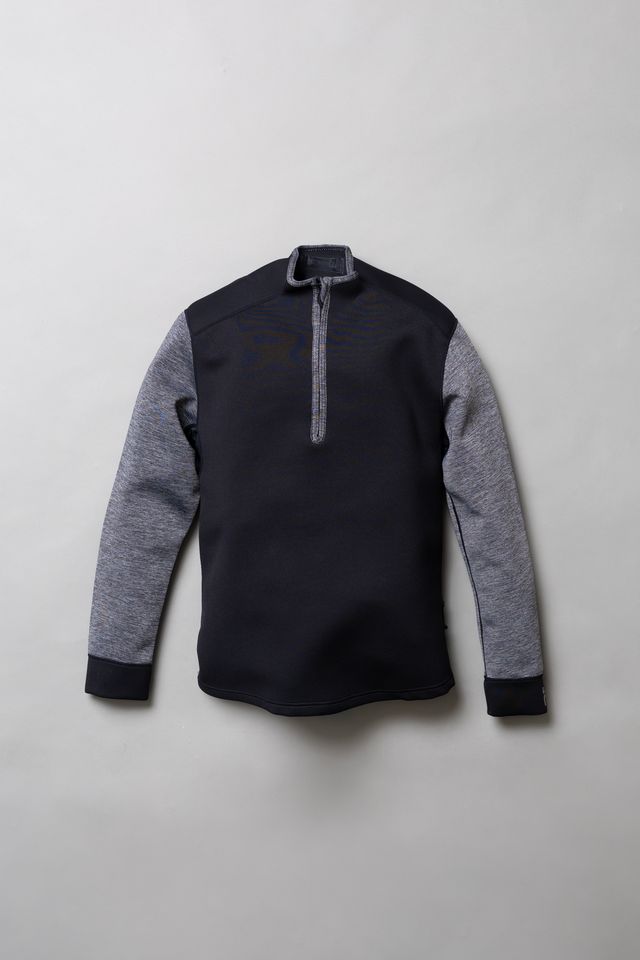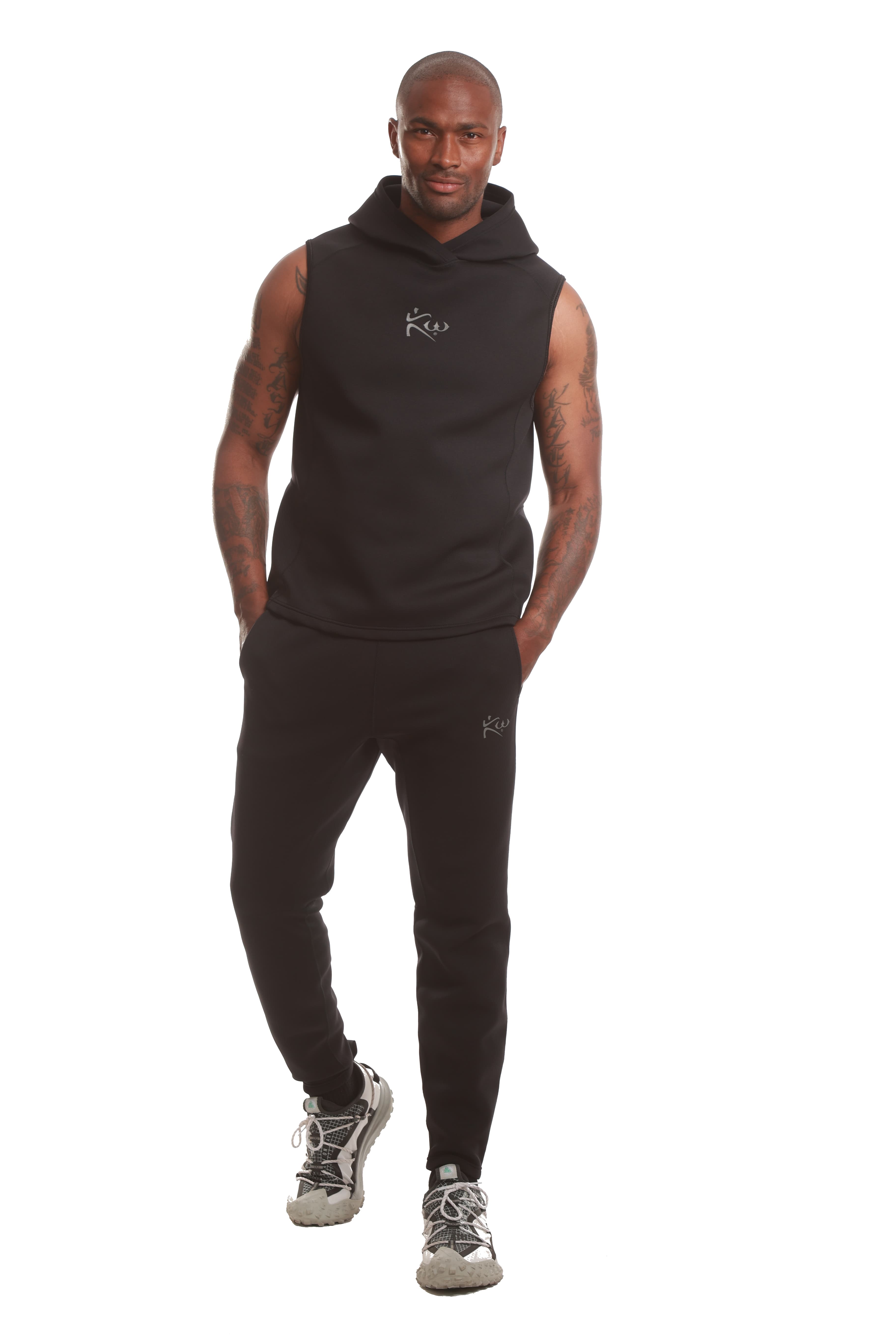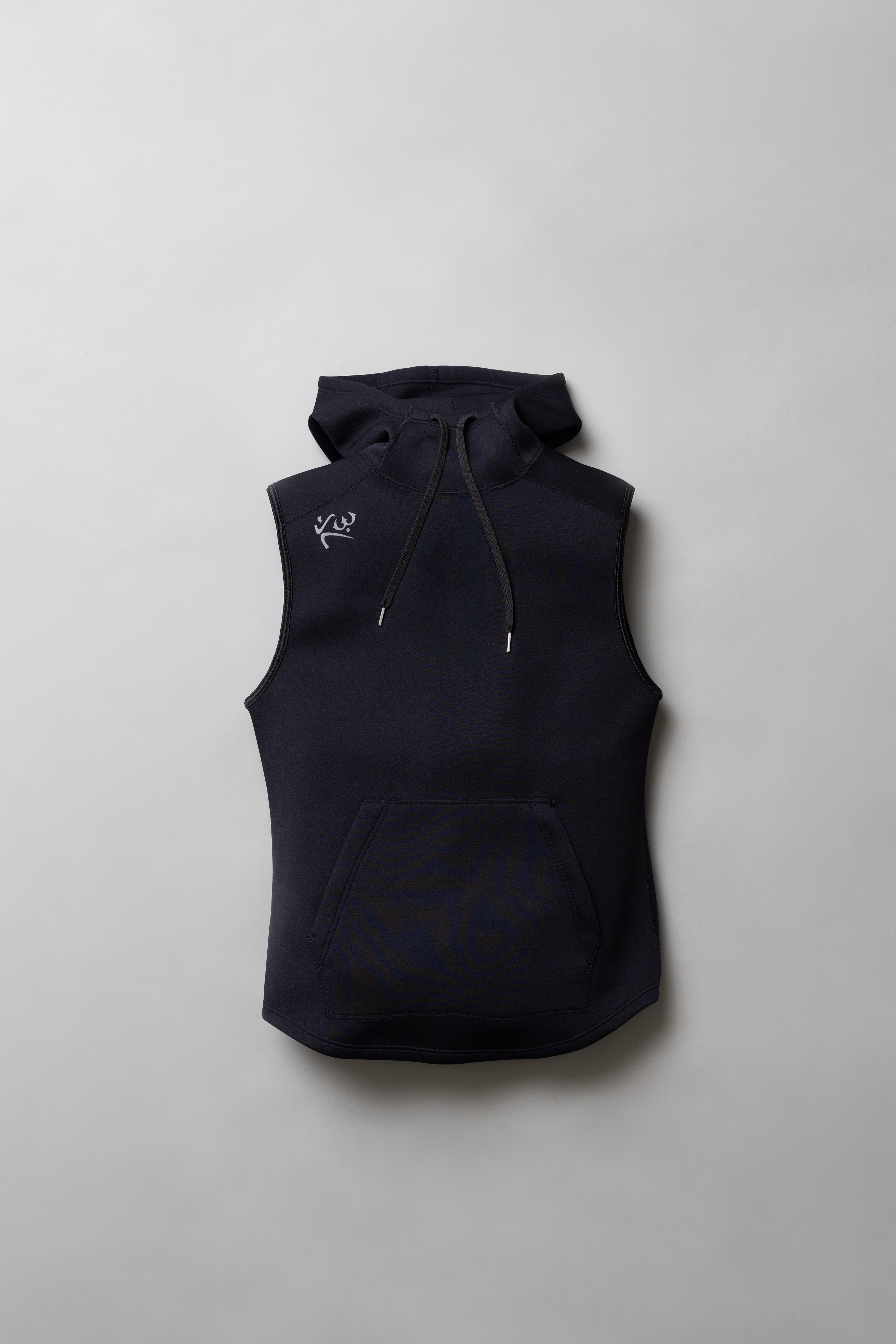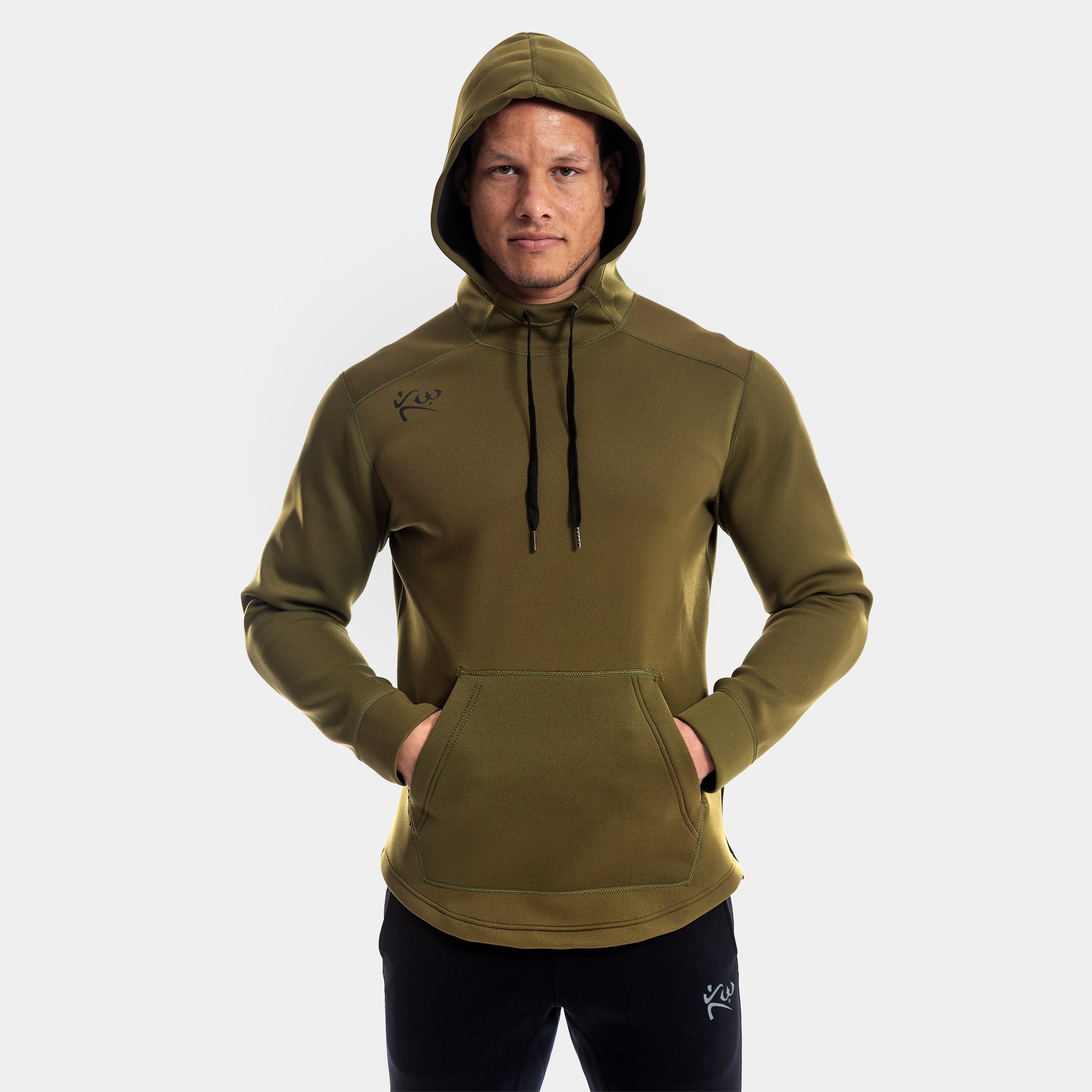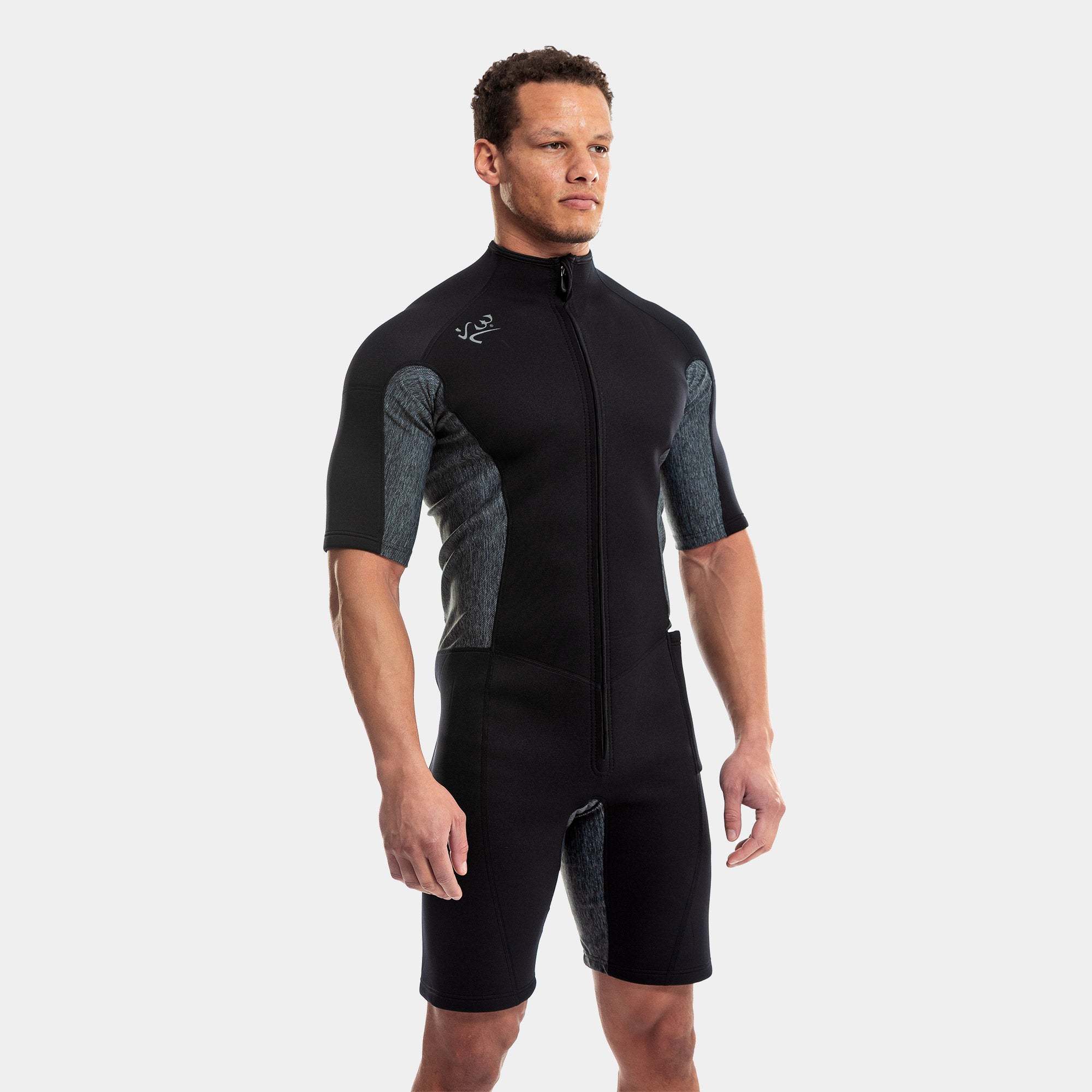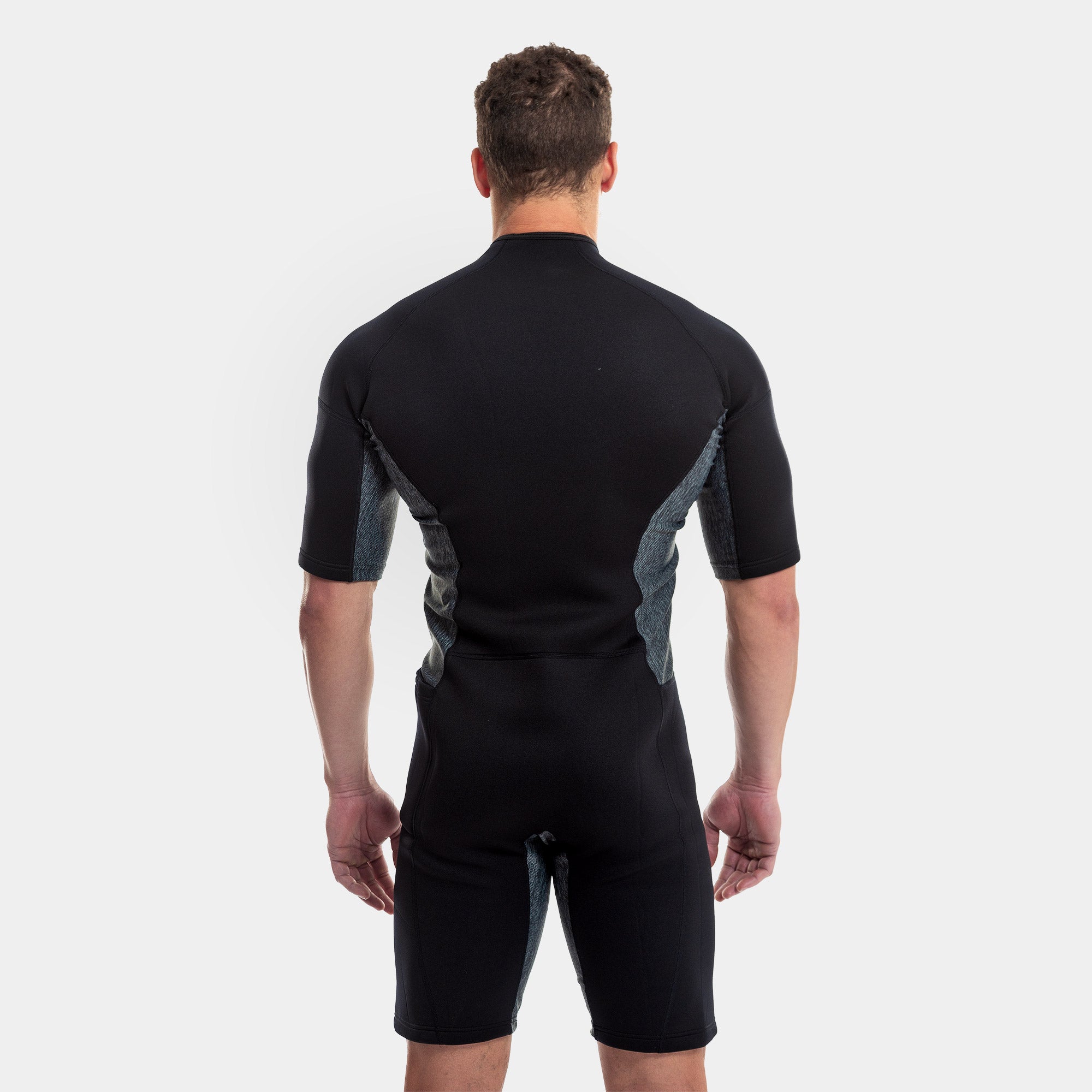Rhabdo: The Muscle Destroyer You've Never Heard About

Turn on any fitness infomercial or flip open any health magazine and you’ll notice a common trend: high intensity exercise.
The days of the slow-moving treadmill are long gone and high intensity exercise is here to stay. Backed by scientific research, high intensity interval training, better known as H.I.I.T., has become the driving force for weight loss and muscle building. H.I.I.T. workouts have been shown in several key studies to save time and produce better overall results.
Despite the glory of this tried and true way of working out, there is a dark side to high intensity interval training and it goes by the name of Rhabdomyolysis.
Let’s take a look at what Rhabdomyolysis is, the effects it can have on your body, and the best ways to avoid it.

What is Rhabdomyolysis?
Commonly shortened to Rhabdo, this medical condition has its sights set on one thing: your muscle tissue.
Before we jump into the end result, let’s talk about why Rhabdo happens in the first place.
Rhabdo is a result of injury to the muscle tissue. A muscle injury can come in many forms including illness, genetic or otherwise. For example, if you have certain metabolic conditions, your muscle tissue may be more prone to Rhabdo.
The most common reason for someone developing Rhabo isn’t the luck of the draw with genes; it’s direct trauma to the muscle tissue. This includes exercise.
Exercise and Rhabdomyolysis
Exercise that becomes too intense for someone can trigger Rhabdo. The best examples of this are when you take a group fitness class and you are being pushed beyond what your body can handle. Perceived intensity is different for everyone. What may be extreme for one person may not be the same for you. A spin instructor can easily get through a class while you may want to throw in the towel after only 5 minutes.
While it is good to push yourself outside of your comfort zone, when you push too hard for too long, the result may be Rhabdo.
How do you know if you have Rhabdo?
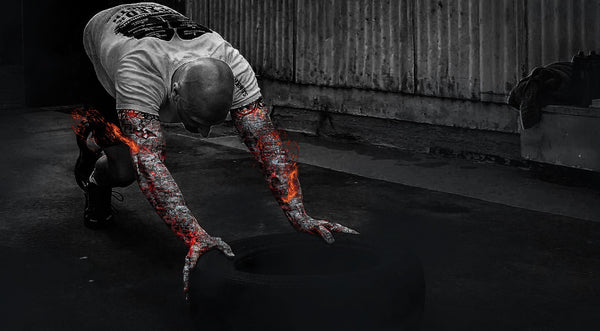
Symptoms of Rhabdomyolysis
It all starts with soreness.
Soreness isn’t an uncommon thing when it comes to exercise. In fact, it’s expected. The difference here is that the soreness you experience from Rhabdo is characteristically severe.
If you browse through common medical forums like WebMD, you’ll see that people will complain about barely being able to get out of bed. We all joke about not being able to get out of bed after a tough workout but these people mean it.
While symptoms will vary from person to person, a typical account of Rhabdo will have someone waking up confused and feeling nauseous. Despite sleeping well, you may feel fatigued. As the day goes on, you may notice bruising and a fever may develop.
The most tell-tale sign of Rhabdo is the extreme soreness followed by dark urine. The dark urine is the key indicator because of the thing that is turning your urine that color: it’s your muscle tissue… or it was your muscle tissue.
Rhabdo and Your Muscle Mass
A quick recap: Yesterday, you put your body through the most grueling workout that you can remember ever doing. Today, you wake up and you feel awful. Everything hurts; it really hurts. You feel sick and downright tired. You go to the bathroom and you notice something strange: your urine is dark. It’s not dark like you forgot to drink that extra glass of water, it’s dark like a cup of tea.
That dark urine you see if the result of muscle breakdown. Your hard-earned muscle tissue is now about to be flushed away. Here’s how it happened:
When your muscle tissue breaks down from Rhabdomyolysis, there is a compound called myoglobin that is released into your blood. Myoglobin is a protein and it is very useful when it comes to your muscles and your performance. Myoglobin is responsible for transporting oxygen to muscle tissue. It’s also a key determiner for how long you can hold your breath.
This oxygen carrier that helps our muscles function becomes useless once the tissue is damaged and becomes a victim of Rhabdo. Once the tissue breaks down, myoglobin gets released into the bloodstream. Your body sees all of this myoglobin and directs it to the kidneys to be filtered and disposed of. All is well, right?

Rhabdo and Your Kidneys
Myoglobin may be great for you muscles but once it gets into the bloodstream, it is bad news for your kidneys.
Your kidneys are the filtration station of the body. Inside your kidneys, there is a specialized type of cell called the renal tubular epithelium cell. The high amount of myoglobin that is released into your bloodstream is toxic to these cells.
The toxicity of myoglobin to renal tubular epithelium cells presents the risk of kidney damage. Even if Rhabdo never requires extensive medical treatment for kidney damage, at the very least, you will need to get yourself into a doctor’s office… fast.
Taking Rhabdomyolysis Seriously
When we hear about Rhabdomyolysis, we all think the same thing: it will never happen to me.
We all think we are tough and able to handle an intense workout. While it takes grit to push through some crazy CrossFit or spin workouts, your muscles have their breaking point. Even all-star athletes are at risk for Rhabdo. An interview with an extreme athlete named Karla on the website, YourLivingBody, illustrates this point perfectly.
Karla is one intense lady. She competes in both CrossFit and Olympic weight lifting. She was far from a beginner and yet, she found out the hard way what happens when you push your body too far past its limits. You can read about Karla here.
With that said, Rhabdo, while not as common as, say, dropping a barbell on your chest, is still a very serious concern that can do long term damage if left untreated. Better safe than really sorry: Here are some easy and effective tips for avoiding Rhabdo.
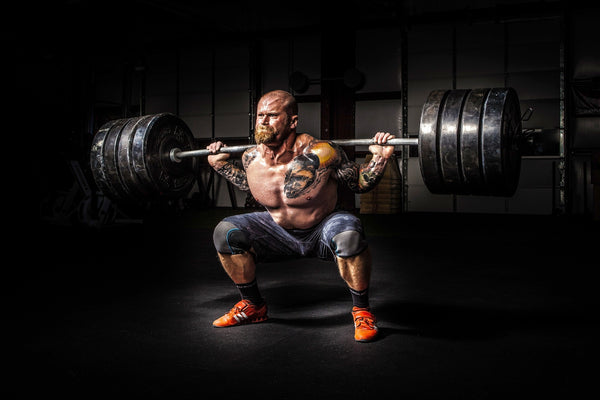
Tips & Tricks for Avoiding Rhabdomyolysis
It doesn’t take much to ensure that you never have to meet Rhabdo. Try incorporating some or all of the following fitness hacks into your routine:
Recovery
- Give your body time to rest and recovery. Avoid exercising more than two days in a row, especially if your nutrition plan isn’t great. Make sure you are sleeping 7 to 9 hours each night.
Nutrition
- Speaking of nutrition, if you are an active person, you need good nutrition. The nutrients that you receive from a wholefood-based diet support your body’s ability to recover and heal. Skip on junk food and go for a primarily natural, wholefood-based diet. Don’t forget about supplementation.
Supplements
- Some supplement may be a great way to support recovery and help your muscles heal. Whey protein, creatine, and glutamine are the classic three to go with if you want great results and faster recovery.
Suit Up
- One easy and safe way that you can increase your tolerance to exercise is with a Kutting Weight sauna suit. Studies show that the neoprene sauna suit can effectively increase endurance while improving tolerance to high stressor environments. The sauna suit may also be able to support your recovery as it promotes the release of growth hormone.
Listen to Your Body
- We can’t stress this enough. It is critical to listen to your body when you begin an exercise program or workout. If your body is screaming at you to stop and if you feel pain, then there’s no shame in stopping for a few minutes. Let your ego take the hit, not your muscle tissue.
Tell Us What You Think!
Have you ever experienced Rhabdo?
Do you have your own tricks for avoiding this muscle eating condition?
Let us know in the comments below!
References
- "Rhabdomyolysis." WebMD. WebMD, n.d. Web.
- "Myoglobin." Wikipedia. Wikimedia Foundation, 25 July 2017. Web.
- Shaffer, Matt. "Rhabdomyolysis: A Personal Rhabdo Story From Crossfit." Your Living Body. N.p., 21 Aug. 2014. Web.
- Dalleck, Lance. (2015) “Acute Benefits of Exercise with the Kutting Weight® Sauna Suit: Technical Report” Gunnison, CO. Western State Colorado University.
- Dalleck, Lance. (2015) “Chronic Health and Performance Benefits of Exercise with the Kutting Weight® Sauna Suit: Technical Report” Gunnison, CO. Western State Colorado University.
0 comments




